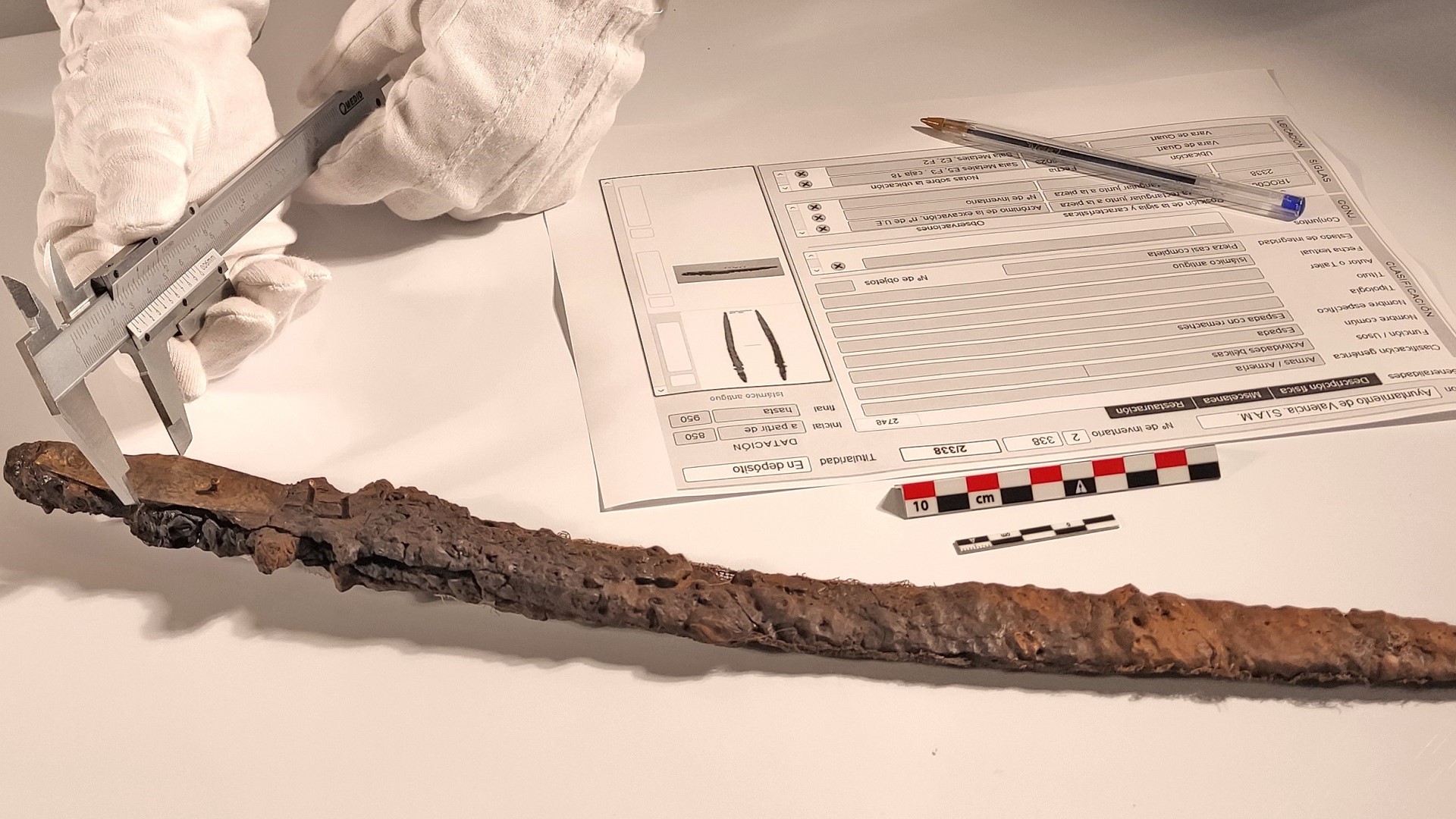Crystals, Vol. 13, Pages 1531: Ag3PO4/Bi2WO6 Heterojunction Photocatalyst with Remarkable Visible-Light-Driven Catalytic Activity
Crystals doi: 10.3390/cryst13111531
Authors: Li Wang Junbo Wang Yanfei Fei Heping Cheng Hua Pan Chunfeng Wu
Novel Ag3PO4/Bi2WO6 catalysts with enhanced visible-light performance were synthesized using a hydrothermal method and characterized to investigate their morphology, microscopic structure, and binding energies. Photoluminescence spectrum (PL) and electrochemical impedance spectroscopy (EIS) data demonstrate that the formed Ag3PO4/Bi2WO6 heterojunction effectively promotes hole (h+)–electron (e−) separation and transfer efficiency, resulting in the enhancement of photocatalytic activity. Ag3PO4/Bi2WO6 displays higher photocatalytic activity than pure Bi2WO6 or Ag3PO4 alone. Photogenerated holes (h+), ·O2−, and ·OH were found to be the main active species for the degradation of malachite green (MG), methylene blue (MB), and Rhodamine B (RhB). The DFT calculation explains the photostability of Ag3PO4/Bi2WO6 from the perspective of electronic structure. The bandgap of Ag3PO4/Bi2WO6 between the highest occupied molecular orbital (HOMO) and the lowest unoccupied molecular orbital (LUMO) is 1.41 eV, compared with that of Ag3PO4 at 0.91 eV and Bi2WO6 at 2.59 eV. Ag–O–Bi hybridization and the wide HOMO–LUMO bandgap lead to difficulty in electron transfer. As a consequence, Ag+ is difficult to obtain electrons and difficult to convert into Ag0, which makes the catalyst stable.

 6 months ago
18
6 months ago
18


